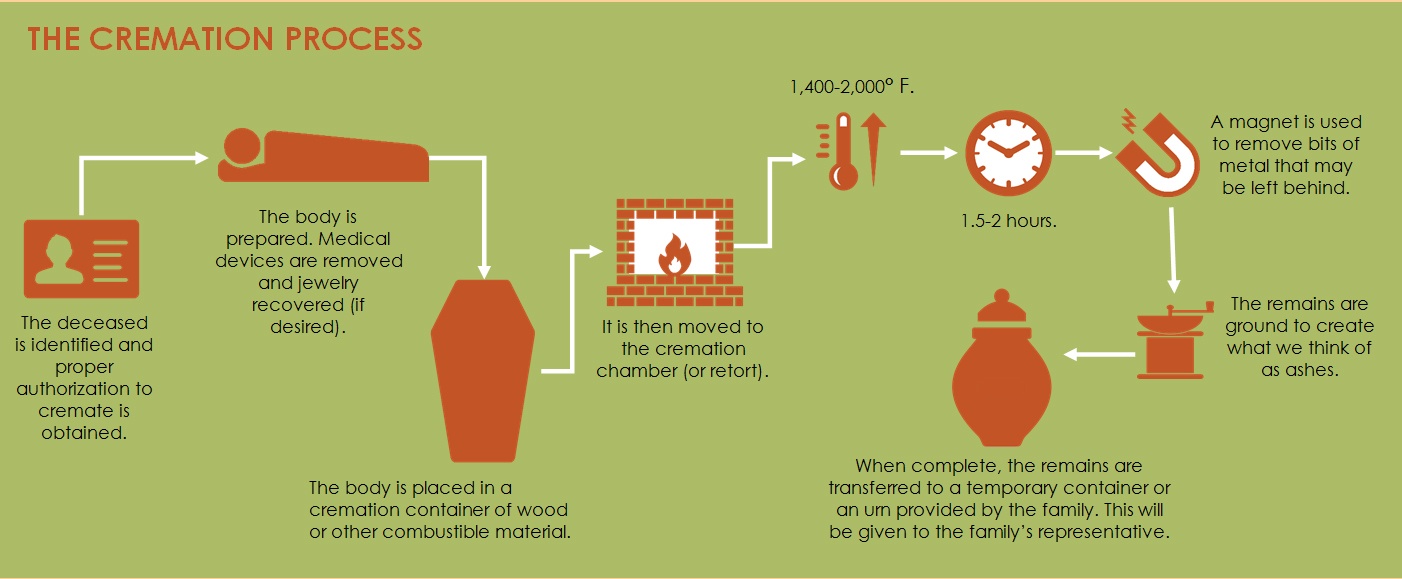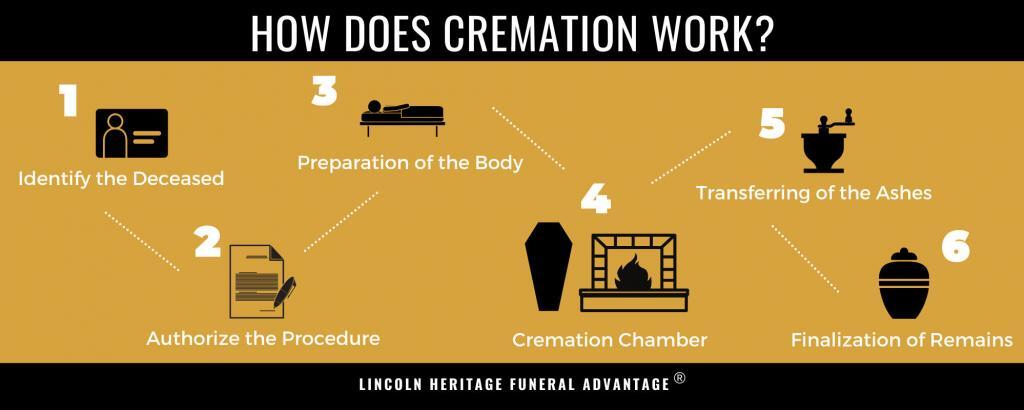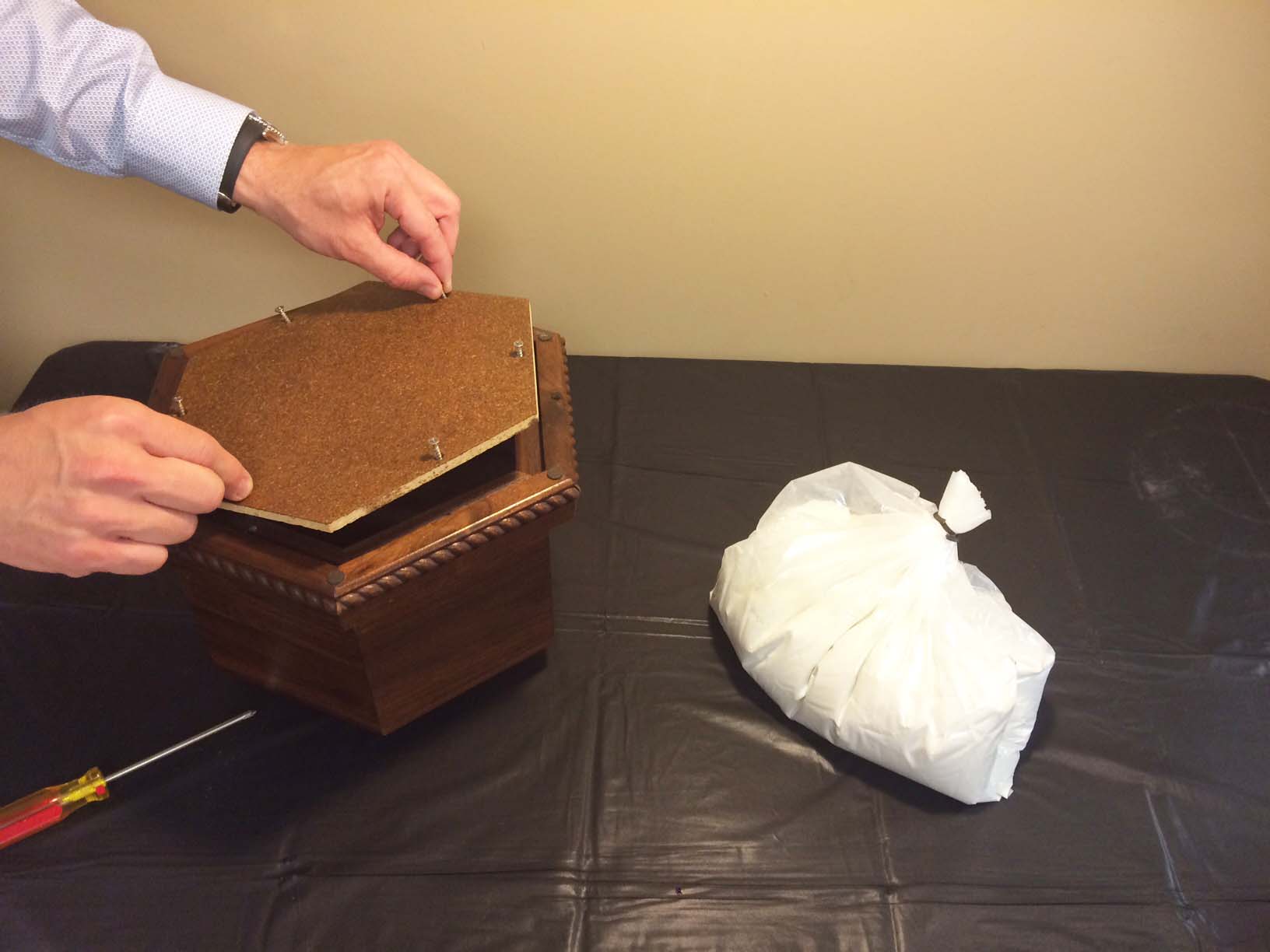Understanding the Importance of Neutralizing Cremation Ashes
Cremation remains hold significant emotional value for families and loved ones, serving as a tangible connection to the deceased. However, these ashes can also pose environmental and health risks if not properly neutralized. Neutralizing cremation ashes is a crucial step in transforming them into a peaceful memorial, allowing families to honor their loved ones while minimizing potential harm. By understanding the importance of neutralization, individuals can take the first step towards creating a meaningful and safe tribute.
The process of neutralizing cremation ashes involves addressing the alkaline nature of the remains, which can have a pH level of up to 12. This high pH level can cause skin irritation, respiratory problems, and other health issues if not handled properly. Moreover, cremation ashes can contain toxic substances like mercury, lead, and cadmium, which can contaminate soil and water if released into the environment. Neutralizing these ashes helps to stabilize their pH level, reducing the risk of environmental pollution and health hazards.
Neutralizing cremation ashes also plays a significant role in the healing process for families and loved ones. By transforming the ashes into a peaceful memorial, individuals can find closure and begin to move forward. This process can be particularly important for those who have experienced a traumatic loss, as it provides a sense of control and agency in the grieving process. Furthermore, neutralizing cremation ashes can help to reduce the emotional burden associated with handling and storing the remains, allowing families to focus on the healing process.
While the concept of neutralizing cremation ashes may seem complex, it is a relatively straightforward process that can be achieved through various methods. By understanding the importance of neutralization and exploring the available options, individuals can take the first step towards creating a meaningful and safe tribute to their loved ones. In the following sections, we will delve into the composition of cremation ashes, methods for neutralization, and the role of pH levels in this process.
What are Cremation Ashes and How are They Composed?
Cremation ashes, also known as cremated remains, are the residue left after the cremation process. These ashes are composed of various materials, including bone fragments, metal residues, and other inorganic materials. The bone fragments are typically the remains of the deceased person’s skeletal system, which are reduced to a fine powder during the cremation process. Metal residues, on the other hand, can come from medical implants, such as pacemakers or artificial joints, as well as from the cremation container itself.
In addition to bone fragments and metal residues, cremation ashes can also contain other inorganic materials, such as silica, alumina, and iron oxide. These materials can come from the cremation process itself, as well as from the deceased person’s body. For example, silica can come from the quartz in the cremation container, while alumina can come from the deceased person’s bones. Iron oxide, on the other hand, can come from the cremation process, as well as from the deceased person’s blood.
The composition of cremation ashes can vary depending on several factors, including the cremation method used, the type of cremation container, and the deceased person’s body composition. However, in general, cremation ashes are typically composed of a mixture of bone fragments, metal residues, and other inorganic materials. Understanding the composition of cremation ashes is important for determining the best method for neutralizing them, as different methods may be more effective for different types of materials.
Improperly neutralized cremation ashes can pose environmental and health risks. For example, the high pH level of cremation ashes can cause skin irritation and respiratory problems if not handled properly. Additionally, the metal residues in cremation ashes can contaminate soil and water if released into the environment. Therefore, it is essential to neutralize cremation ashes using a method that is effective for the specific composition of the ashes.
In the next section, we will discuss the various methods for neutralizing cremation ashes, including chemical treatments, natural processes, and specialized equipment. We will also explore the pros and cons of each method and provide examples of successful implementations.
Methods for Neutralizing Cremation Ashes: A Comprehensive Guide
Neutralizing cremation ashes is a crucial step in transforming them into a peaceful memorial. There are several methods available for neutralizing cremation ashes, each with its own pros and cons. In this section, we will discuss the various methods for neutralizing cremation ashes, including chemical treatments, natural processes, and specialized equipment.
Chemical treatments are a common method for neutralizing cremation ashes. This method involves using a chemical solution to reduce the pH level of the ashes and stabilize them. The most commonly used chemical solution is a mixture of water and a pH-neutralizing agent, such as calcium hydroxide or sodium hydroxide. This method is effective in reducing the pH level of the ashes, but it can be expensive and may require specialized equipment.
Natural processes are another method for neutralizing cremation ashes. This method involves using natural materials, such as soil or sand, to absorb the ashes and reduce their pH level. This method is environmentally friendly and can be less expensive than chemical treatments. However, it may take longer to achieve the desired pH level, and the ashes may not be completely neutralized.
Specialized equipment is also available for neutralizing cremation ashes. This equipment uses advanced technology to reduce the pH level of the ashes and stabilize them. This method is effective and efficient, but it can be expensive and may require specialized training to operate the equipment.
In addition to these methods, there are also several products available on the market that can help neutralize cremation ashes. These products typically contain a pH-neutralizing agent and can be added to the ashes to reduce their pH level. However, it is essential to follow the manufacturer’s instructions and take necessary safety precautions when using these products.
When choosing a method for neutralizing cremation ashes, it is essential to consider the pros and cons of each option. Chemical treatments can be effective, but they can be expensive and may require specialized equipment. Natural processes can be environmentally friendly, but they may take longer to achieve the desired pH level. Specialized equipment can be efficient, but it can be expensive and may require specialized training to operate.
Ultimately, the best method for neutralizing cremation ashes will depend on the specific needs and circumstances of the individual or family. It is essential to consult with a professional, such as a funeral director or a cremation expert, to determine the best method for neutralizing cremation ashes and creating a peaceful memorial.
The Role of pH Levels in Neutralizing Cremation Ashes
pH levels play a crucial role in neutralizing cremation ashes. The pH level of cremation ashes can range from 10 to 12, which is highly alkaline. This high pH level can cause skin irritation, respiratory problems, and other health issues if not handled properly. Moreover, the high pH level can also affect the environment, causing soil and water pollution.
To neutralize cremation ashes, it is essential to reduce the pH level to a stable range of 6.5 to 7.5. This can be achieved through various methods, including chemical treatments, natural processes, and specialized equipment. Chemical treatments, such as adding a pH-neutralizing agent, can quickly reduce the pH level of the ashes. Natural processes, such as mixing the ashes with soil or sand, can also help to neutralize the pH level over time.
Specialized equipment, such as pH meters and neutralization systems, can also be used to monitor and adjust the pH level of the ashes. These systems can provide accurate readings of the pH level and automatically add neutralizing agents to achieve the desired pH range.
It is essential to note that the pH level of cremation ashes can vary depending on the composition of the ashes and the method of neutralization used. Therefore, it is crucial to monitor the pH level regularly and adjust the neutralization method as needed to ensure the ashes are stable and safe.
In addition to reducing the pH level, it is also important to consider the overall stability of the ashes. This can be achieved by adding stabilizing agents, such as calcium or magnesium, to the ashes. These agents can help to bind the ashes together, reducing the risk of dust and particles becoming airborne.
By understanding the role of pH levels in neutralizing cremation ashes, individuals can take the necessary steps to ensure the ashes are stable, safe, and environmentally friendly. This can provide peace of mind for families and loved ones, knowing that the ashes are being handled with care and respect.
Environmental Considerations: How to Neutralize Cremation Ashes Sustainably
The environmental impact of cremation ashes is a growing concern, as the number of cremations increases globally. Cremation ashes can contain toxic substances, such as heavy metals and pollutants, which can contaminate soil and water if not disposed of properly. Therefore, it is essential to consider sustainable neutralization methods that minimize the ecological footprint of cremation remains.
One eco-friendly alternative is to use natural neutralization methods, such as mixing the ashes with soil or sand. This method allows the ashes to break down naturally, reducing the risk of environmental pollution. Additionally, this method can also help to create a nutrient-rich soil amendment, which can be used in gardening or landscaping.
Another sustainable option is to use specialized equipment, such as cremation ash neutralization systems. These systems use advanced technology to neutralize the ashes, reducing the pH level and removing toxic substances. This method is effective and efficient, but it may require specialized training and equipment.
It is also essential to consider the type of container used to store the cremation ashes. Traditional containers, such as urns or boxes, can be made from materials that are not eco-friendly, such as plastic or metal. Instead, consider using biodegradable containers, such as those made from bamboo or recycled materials.
Furthermore, some companies are now offering eco-friendly cremation services, which include sustainable neutralization methods and biodegradable containers. These services can provide a more environmentally friendly option for families and loved ones, while also reducing the ecological footprint of cremation remains.
In addition to these methods, it is also essential to consider the long-term impact of cremation ashes on the environment. Cremation ashes can remain in the environment for centuries, potentially causing harm to future generations. Therefore, it is crucial to develop sustainable neutralization methods that prioritize environmental protection and minimize the ecological footprint of cremation remains.
By considering the environmental impact of cremation ashes and exploring sustainable neutralization methods, individuals can make a positive impact on the environment while also honoring their loved ones. This approach can provide a sense of peace and closure, knowing that the ashes are being handled with care and respect for the environment.
Creating a Memorial: How to Use Neutralized Cremation Ashes
Neutralized cremation ashes can be used to create a meaningful and lasting memorial for loved ones. There are several options to consider, each with its own unique benefits and characteristics. In this section, we will explore some of the most popular ways to use neutralized cremation ashes to create a memorial.
Scattering is a popular option for using neutralized cremation ashes. This involves releasing the ashes into the air or water, often in a location that held special meaning to the deceased. Scattering can be a beautiful and symbolic way to say goodbye, and can be done in a variety of locations, including parks, gardens, and even at sea.
Burial is another option for using neutralized cremation ashes. This involves placing the ashes in a biodegradable container or urn and burying them in a cemetery or other designated burial site. Burial can be a more traditional and formal way to create a memorial, and can provide a sense of closure and finality.
Incorporation into a memorial garden or monument is also a popular option. This involves mixing the neutralized cremation ashes with soil or other materials to create a memorial garden or monument. This can be a beautiful and lasting way to honor the deceased, and can provide a peaceful and serene space for reflection and remembrance.
Other options for using neutralized cremation ashes include creating a memorial reef, incorporating the ashes into a piece of jewelry or art, or even launching the ashes into space. These options can provide a unique and creative way to honor the deceased, and can be a meaningful way to celebrate their life and legacy.
Regardless of the method chosen, it is essential to ensure that the neutralized cremation ashes are handled with care and respect. This includes following any local regulations or guidelines for scattering or burial, and taking steps to minimize the environmental impact of the ashes.
By using neutralized cremation ashes to create a memorial, families and loved ones can find a sense of peace and closure. This can be a meaningful way to honor the deceased, and can provide a lasting tribute to their life and legacy.
Overcoming Emotional Challenges: The Healing Power of Neutralizing Cremation Ashes
Dealing with cremation remains can be a difficult and emotional experience for families and loved ones. The process of neutralizing cremation ashes can be a therapeutic and healing experience, allowing individuals to cope with their loss and find closure. In this section, we will explore the emotional challenges of dealing with cremation remains and how neutralizing them can facilitate the healing process.
The emotional impact of cremation remains can be significant, and can vary from person to person. Some individuals may experience feelings of grief, sadness, and loss, while others may feel a sense of relief and closure. Neutralizing cremation ashes can be a way to honor the deceased and create a sense of peace and closure.
Neutralizing cremation ashes can also be a way to create a sense of control and agency in the grieving process. By taking an active role in the neutralization process, individuals can feel more empowered and in control of their emotions. This can be particularly important for individuals who are struggling to cope with their loss.
In addition to the emotional benefits, neutralizing cremation ashes can also have a positive impact on the environment. By using eco-friendly neutralization methods, individuals can reduce the environmental impact of cremation remains and create a more sustainable future.
Personal stories and anecdotes can illustrate the positive impact of neutralization on families and loved ones. For example, one family may have used the neutralization process to create a memorial garden, while another family may have incorporated the ashes into a piece of jewelry or art.
By sharing these stories and experiences, we can gain a deeper understanding of the emotional challenges of dealing with cremation remains and the healing power of neutralizing them. This can provide a sense of comfort and support for individuals who are struggling to cope with their loss.
Ultimately, the process of neutralizing cremation ashes is a personal and individual experience. By understanding the emotional challenges and benefits of neutralization, individuals can make informed decisions about how to honor their loved ones and create a sense of peace and closure.
Conclusion: Finding Peace and Closure through Neutralization
In conclusion, neutralizing cremation ashes is a crucial step in transforming them into a peaceful memorial. By understanding the importance of neutralization, families and loved ones can create a meaningful and lasting tribute to their loved ones. The various methods available for neutralizing cremation ashes, including chemical treatments, natural processes, and specialized equipment, offer a range of options for individuals to choose from.
The emotional benefits of neutralization are significant, as it can help families and loved ones cope with their loss and find closure. By creating a peaceful memorial, individuals can honor their loved ones and celebrate their life and legacy. Additionally, neutralizing cremation ashes can also have a positive impact on the environment, as it reduces the ecological footprint of cremation remains.
By exploring the process of neutralizing cremation ashes, individuals can gain a deeper understanding of the importance of this step in creating a peaceful memorial. Whether through chemical treatments, natural processes, or specialized equipment, neutralizing cremation ashes is a crucial step in transforming them into a lasting tribute to loved ones.
Ultimately, the process of neutralizing cremation ashes is a personal and individual experience. By understanding the emotional and environmental benefits of neutralization, individuals can make informed decisions about how to honor their loved ones and create a sense of peace and closure.
As we have seen, neutralizing cremation ashes is a complex process that requires careful consideration and attention to detail. However, by following the guidelines and best practices outlined in this article, individuals can ensure that their loved ones are honored and remembered in a meaningful and lasting way.
By choosing to neutralize cremation ashes, individuals can create a peaceful memorial that celebrates the life and legacy of their loved ones. This process can be a powerful way to heal and find closure, and can provide a sense of peace and comfort for families and loved ones.









